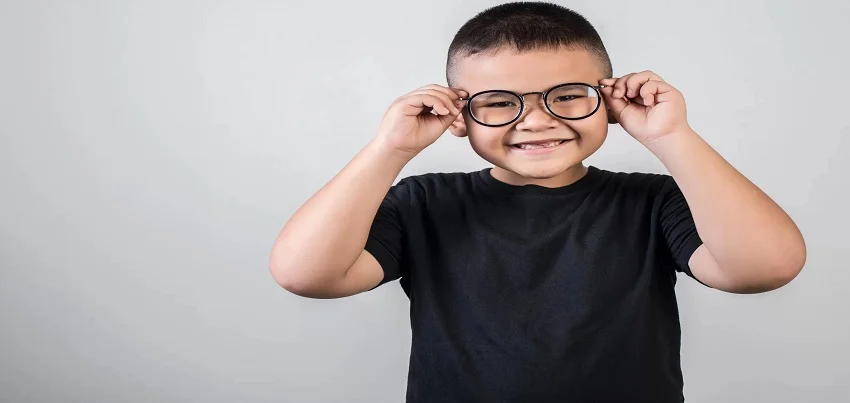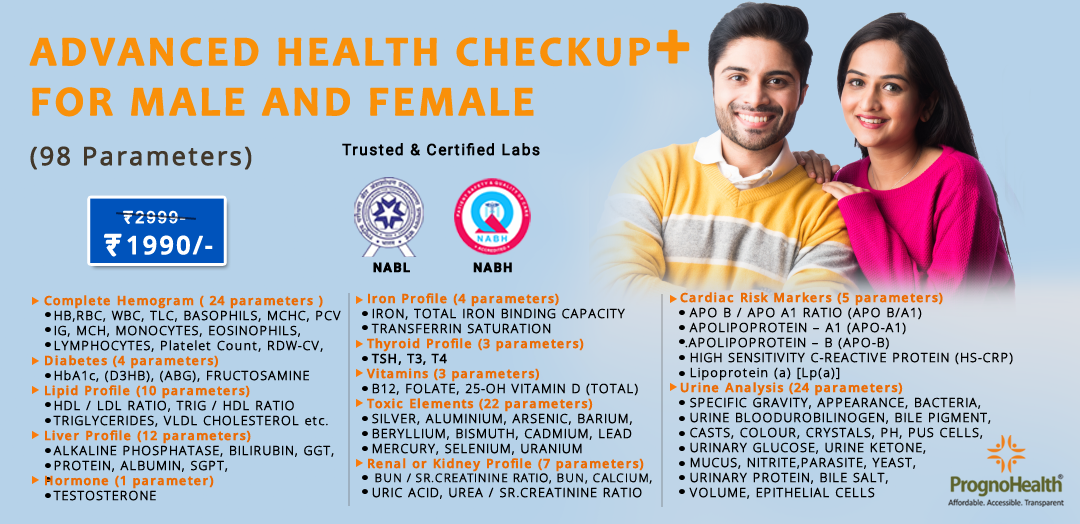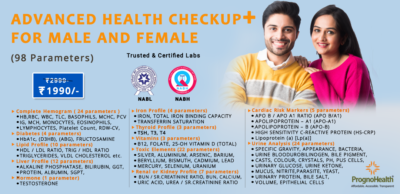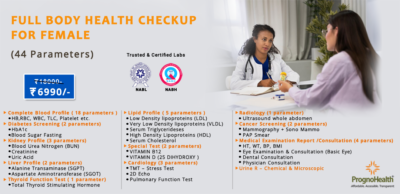PrognoHealth – Corporate Health & Wellness Specialist
Contact Us
+91 9510650660
Email Us
corpsales@prognohealth.com
Contact Us
+91 9510650660
Email Us
corpsales@prognohealth.com
Childhood exotropia
Childhood exotropia is a type of strabismus, or misalignment of the eyes, in which one eye turns outward. It is a relatively common condition that affects about 2-4% of children. Children with exotropia may have difficulty with depth perception and may experience double vision.
Symptoms of childhood exotropia can vary depending on the severity of the condition and the age of the child. Common symptoms include crossing or turning out of one eye, difficulty with depth perception, double vision, and headaches. Children may also have difficulty with fine motor skills such as writing and drawing, and may have trouble with reading and sports.
To diagnose childhood exotropia, a comprehensive eye examination is typically performed. This may include a visual acuity test, which measures the child’s ability to see clearly at various distances, and a visual field test, which measures the child’s peripheral vision. The doctor may also perform a cover test, in which the child’s eyes are covered one at a time to check for misalignment.
Treatment for childhood exotropia will depend on the severity of the condition and the age of the child. In some cases, glasses or contact lenses may be prescribed to help the child see more clearly. In other cases, surgery may be recommended to correct the misalignment.
To prevent childhood exotropia from occurring, it is important to have regular eye exams, especially during childhood. Annual health check-ups can help to identify any vision problems early on, and corporate health and wellness programs can help to promote healthy habits and reduce the risk of eye problems.
Diet and exercise can also play a role in preventing childhood exotropia. A healthy diet that is rich in fruits, vegetables, and whole grains can help to promote good vision and reduce the risk of eye problems. Regular exercise can also help to improve overall health and reduce the risk of chronic conditions such as obesity, which can increase the risk of exotropia.
In summary, Childhood exotropia is a type of strabismus where one eye turns outward and it is relatively common affecting 2-4% of children. Symptoms include crossing or turning out of one eye, difficulty with depth perception, double vision, and headaches, difficulty with fine motor skills and trouble with reading and sports. To diagnose childhood exotropia, a comprehensive eye examination is typically performed. Treatment for childhood exotropia will depend on the severity of the condition and the age of the child. To prevent childhood exotropia from occurring, it is important to have regular eye exams, especially during childhood, and corporate health and wellness programs can help to promote healthy habits and reduce the risk of eye problems. Diet and exercise can also play a role in preventing childhood exotropia by promoting good vision and reducing the risk of eye problems.
Blog Categories
Top rated products
-
 Full Body Health Checkup I
Rated 5.00 out of 5
Full Body Health Checkup I
Rated 5.00 out of 5₹3,000.00Original price was: ₹3,000.00.₹1,770.00Current price is: ₹1,770.00. -
 Young Life Basic
Young Life Basic
₹3,000.00Original price was: ₹3,000.00.₹1,350.00Current price is: ₹1,350.00. -
 COVID 19 Rapid Antigen Test
COVID 19 Rapid Antigen Test
₹668.00Original price was: ₹668.00.₹501.00Current price is: ₹501.00. -
 MFG IND PACK III
MFG IND PACK III
₹3,900.00Original price was: ₹3,900.00.₹2,145.00Current price is: ₹2,145.00. -
 Healthy Life Advance Male
Healthy Life Advance Male
₹15,000.00Original price was: ₹15,000.00.₹8,250.00Current price is: ₹8,250.00.
About Us
Progno Health is a Corporate Health & Wellness Specialist providing services to Pan India. We offer Pre-employment Health Checkup Packages, Annual Health Checkup Packages, Executive Health Checkup Packages, Occupational Health Checkup Packages, and other Health & Wellness Services.
Popular Packages
-
Rated 0 out of 5₹999.00
-
Rated 0 out of 5
₹16,000.00Original price was: ₹16,000.00.₹5,910.00Current price is: ₹5,910.00. -
Rated 0 out of 5₹849.00
-
Rated 0 out of 5₹1,999.00
-
Rated 0 out of 5₹2,999.00























